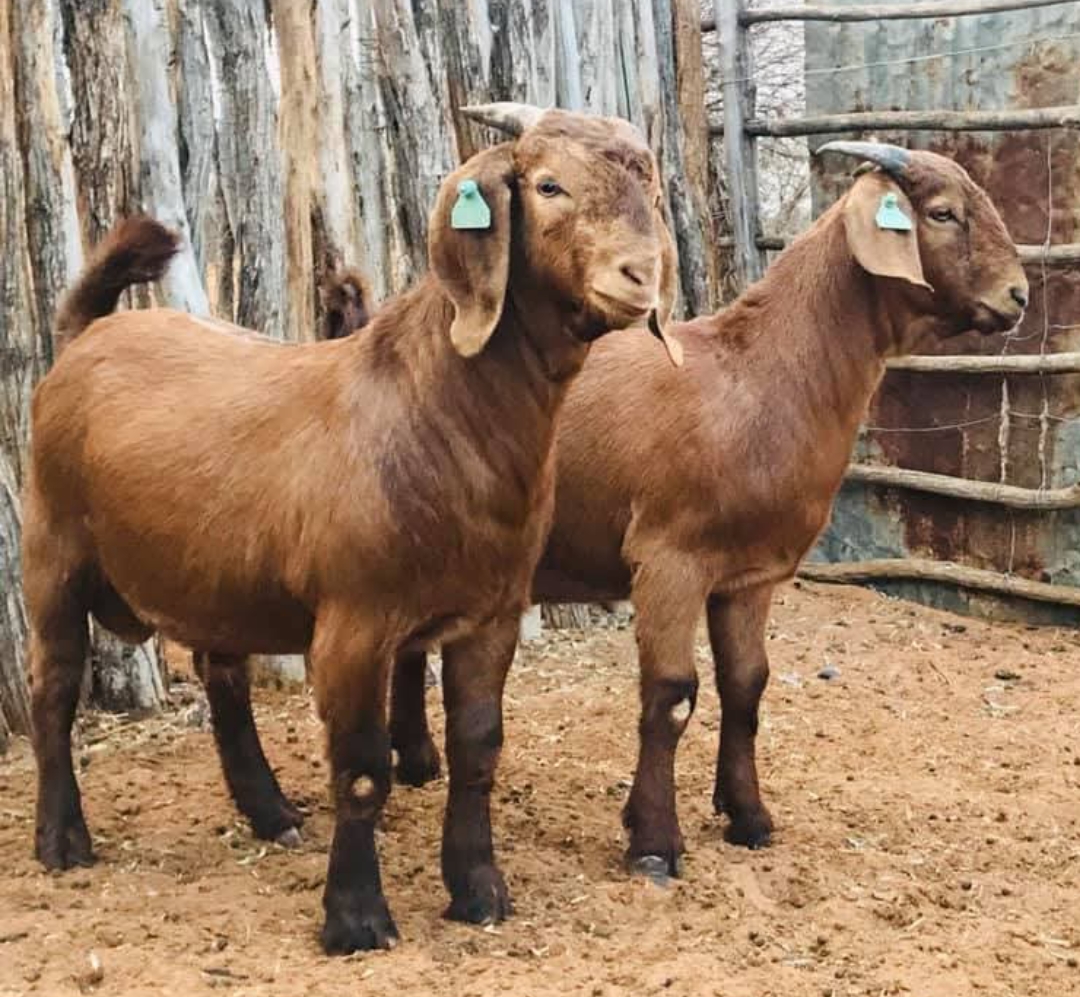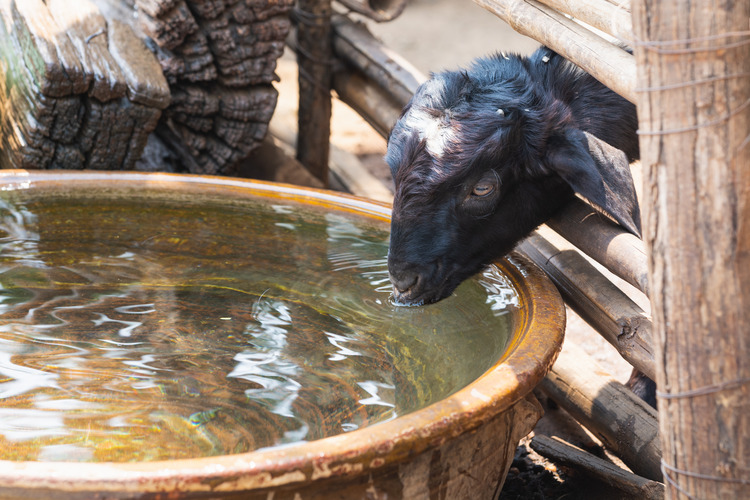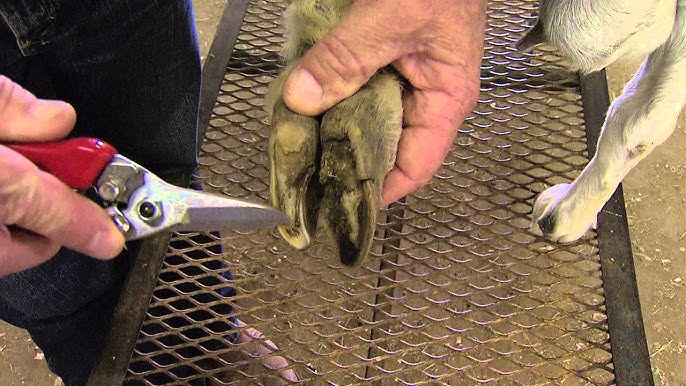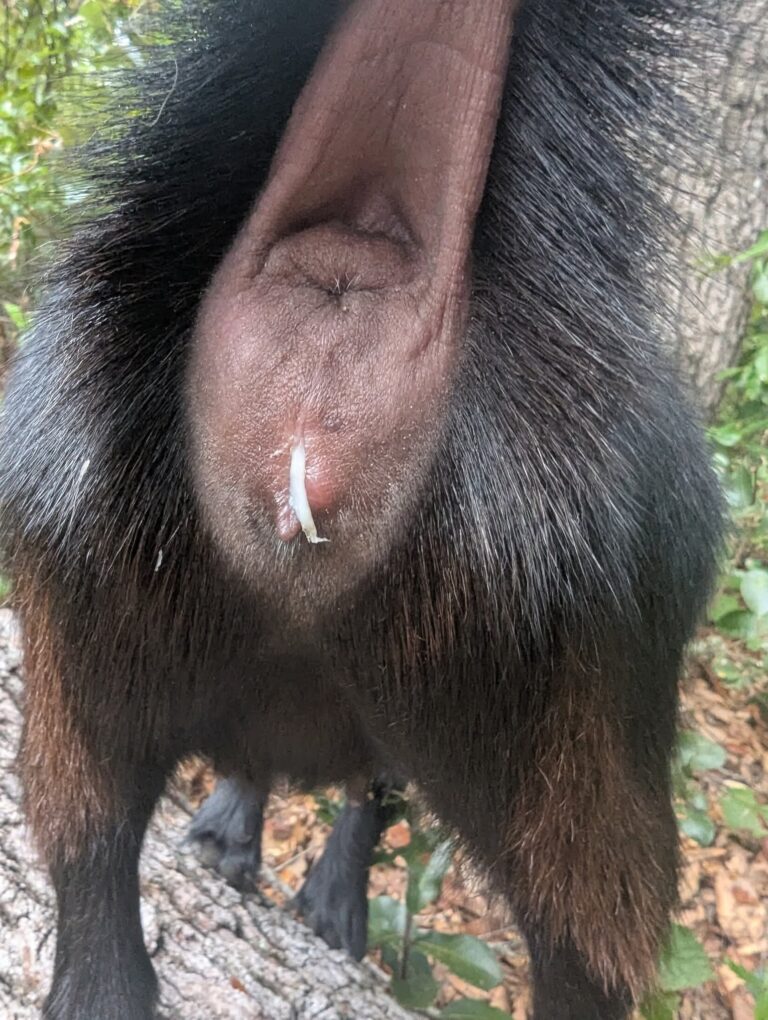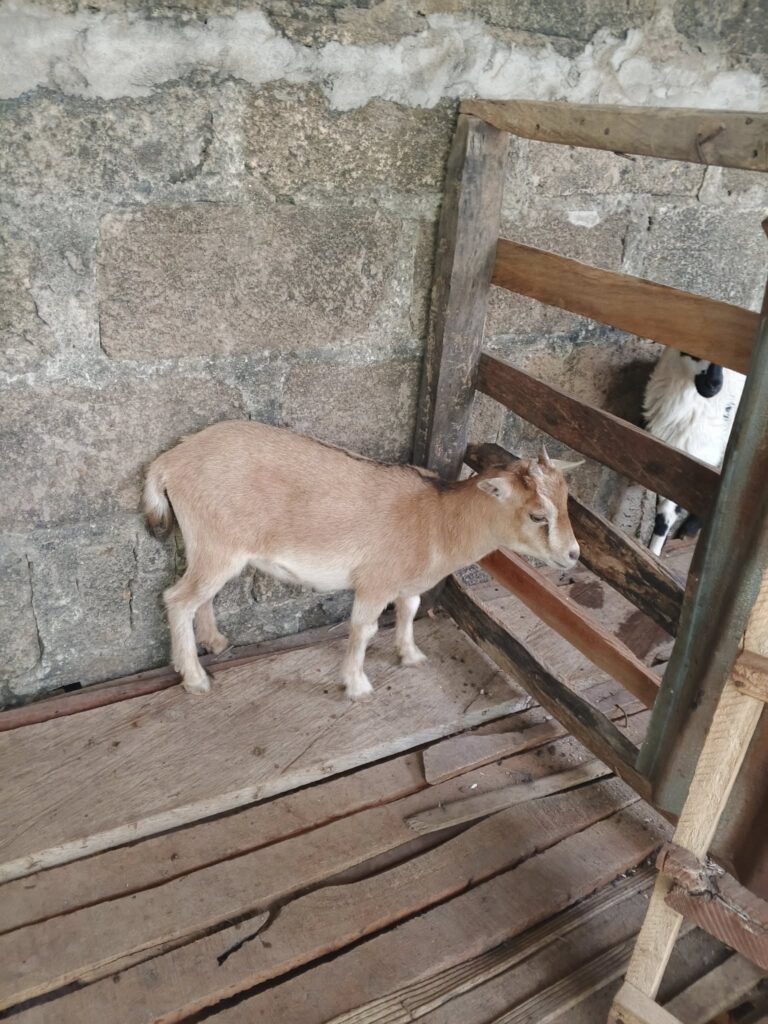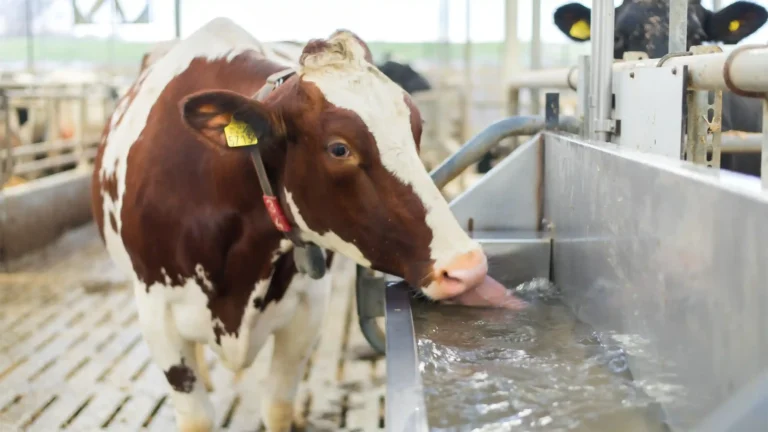Raising goats is a promising agricultural venture, but before you begin, one of the most important decisions you’ll make is whether to focus on dairy goats or meat goats. Each type comes with its own set of benefits, challenges, and management needs.
Understanding the key differences between dairy and meat goats will help you make an informed choice that aligns with your resources, market demand, and long-term goals.
Production Output
The primary difference between dairy goats and meat goats lies in what they are bred to produce.
Dairy goats are raised for milk, which can be consumed fresh, processed into cheese or yogurt, or sold commercially. These goats are selected for high milk yield, long lactation periods, and quality milk composition.
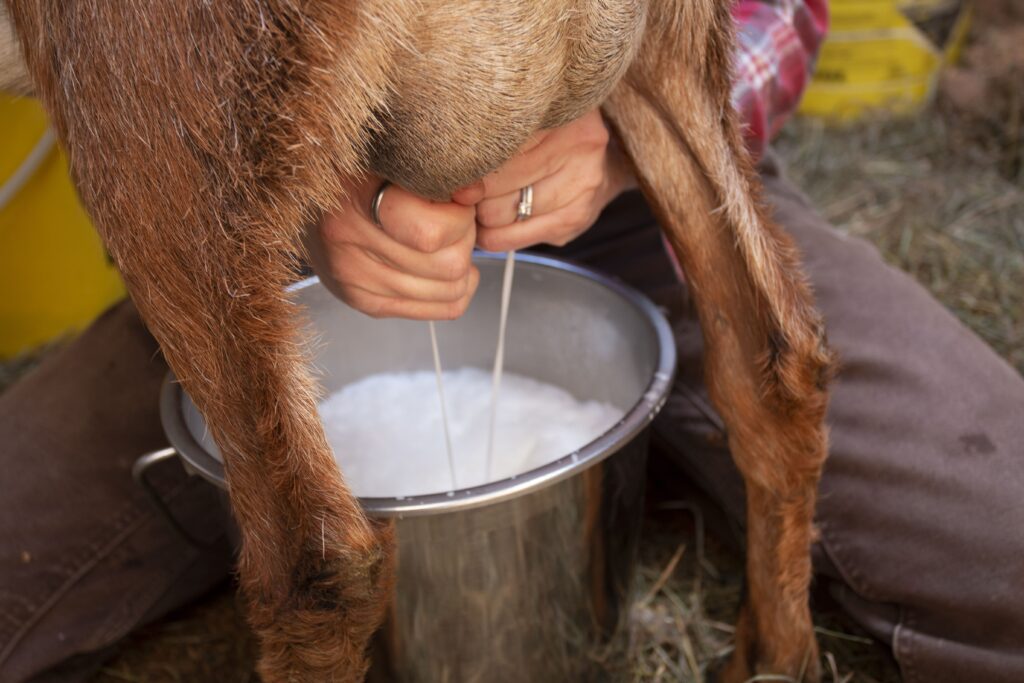
In contrast, meat goats are raised for their flesh, which is prized for its leanness and flavor. These goats are bred for rapid weight gain, muscle development, and feed efficiency rather than milk production.
Body Structure
Dairy goats tend to have leaner, more angular bodies with prominent udders and a refined bone structure. Their frames are built for endurance and sustained milk production rather than weight gain. For example, Saanens and Alpines have long necks, straight backs, and large, well-attached udders.
Meat goats, on the other hand, have stockier bodies with thicker legs, broader chests, and compact frames that support rapid muscle growth. Breeds like the Boer and Kalahari Red exhibit blocky builds and strong limbs suited for carrying heavy meat mass.
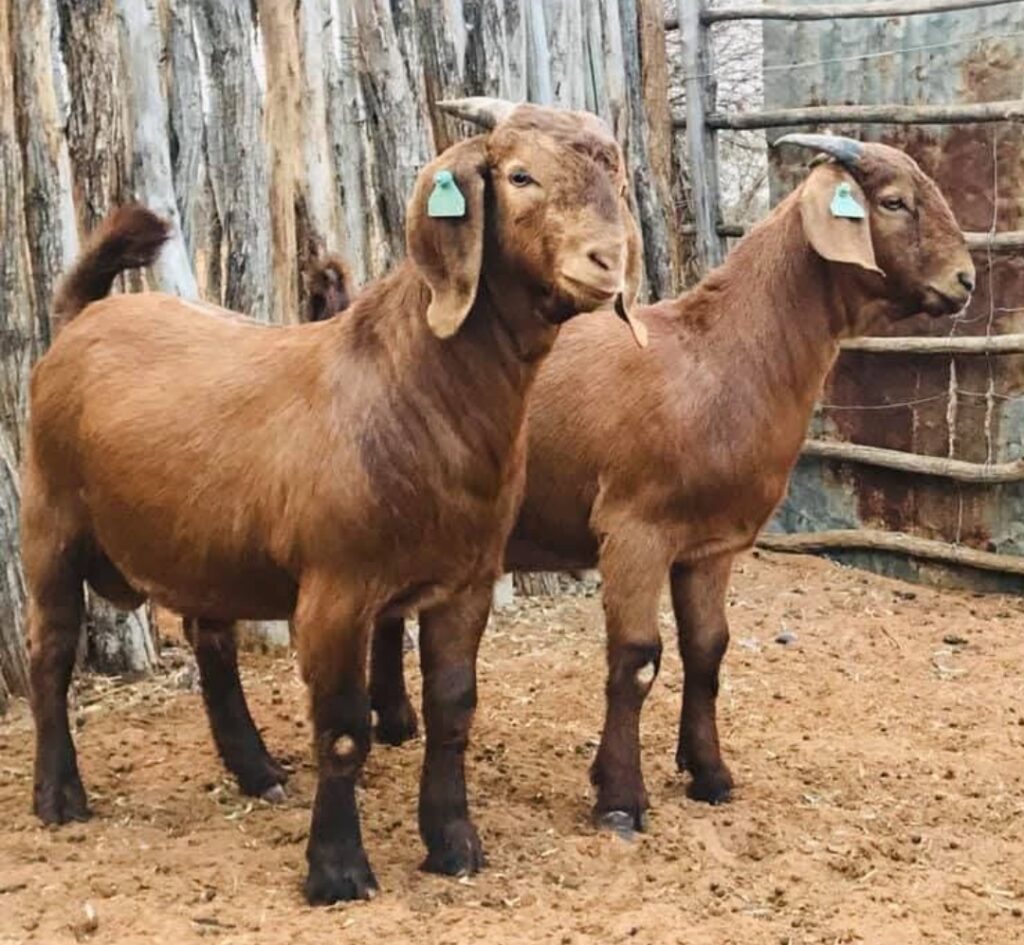
Nutritional Needs
Both dairy and meat goats require quality forage, minerals, and clean water, but their nutritional needs differ in focus.
Dairy goats need high-energy and high-protein diets to support milk production, particularly during peak lactation. Their diet often includes a balance of legumes, grains, and mineral supplements to sustain output and body condition.
Meat goats, by contrast, can thrive on rougher forage and require less intensive supplementation unless they’re being fattened for market. Their main goal is efficient growth, which means their diet focuses on body weight gain rather than milk composition.
Breeding and Growth Cycles
Dairy goats are usually bred to maintain year-round milk supply, so reproductive timing is key. Does are often bred once yearly to ensure continuous lactation cycles. Managing their breeding also means managing dry periods and weaning carefully to avoid mastitis.
In contrast, meat goats are managed to maximize kid production, with some farmers targeting three kiddings in two years. Kids are often raised until they reach market weight, and less emphasis is placed on milking or weaning schedules unless crossbreeding is involved.
Management Requirements
Raising dairy goats typically requires more daily attention and labor. Milking must be done once or twice a day, and hygiene is critical to prevent contamination. Farmers must also maintain clean milking equipment and store milk properly, especially if it’s being sold.
Meat goats require less daily handling, which makes them easier to manage for beginners or for those with limited time. They may still need deworming, vaccinations, and occasional handling, but the workload is generally lighter than that of a dairy operation.
Income Potential
Dairy goat products such as milk, cheese, and yogurt can fetch high prices, particularly in niche or health-conscious markets. Goat milk is often preferred by people who are lactose intolerant and is a staple in many gourmet food businesses. However, regulatory hurdles like licensing and pasteurization requirements can make entry into the commercial dairy market more complex.
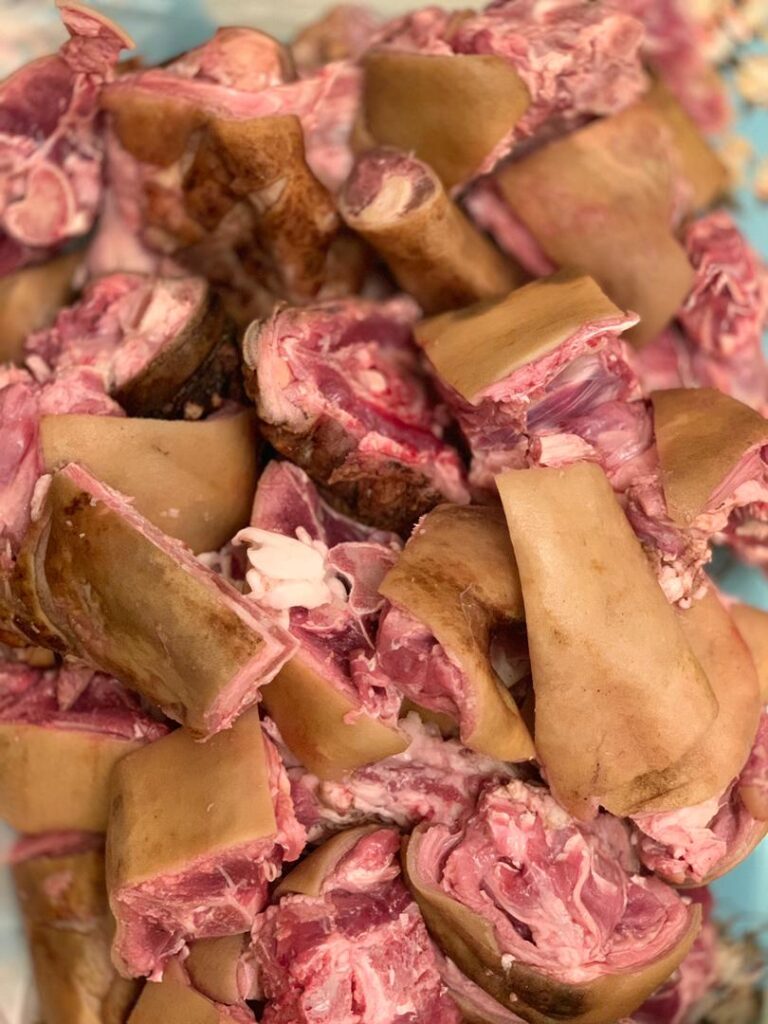
Meat goats face fewer regulatory barriers, and their meat is in high demand in ethnic and urban markets, especially during holidays and festivals. Meat goat farming may offer faster returns, especially in regions where goat meat consumption is high.
Climate Adaptability
Most meat goat breeds, like the Boer and Savanna, are exceptionally hardy and thrive in arid or semi-arid environments with minimal inputs. They are less sensitive to environmental stress and can withstand parasites and diseases better than many dairy breeds.
Dairy goats, while adaptable, often require better housing and care to maintain their milk production and avoid health issues like mastitis or ketosis.
If your farming environment is harsh or your infrastructure is basic, starting with meat goats may be more forgiving.
Which Should You Raise?
If you have the time, interest, and facilities to handle daily milking and if you have access to a niche market or local dairy processors, then dairy goats can offer consistent, long-term income.
But if you’re seeking a lower-maintenance venture with quicker returns and fewer regulatory barriers, meat goats may be the smarter choice.
In some cases, farmers choose a mixed approach, raising dairy does and selling their male kids as meat goats to maximize farm efficiency.
Related:

